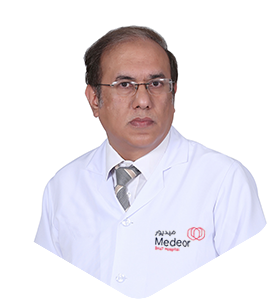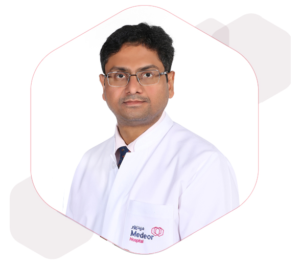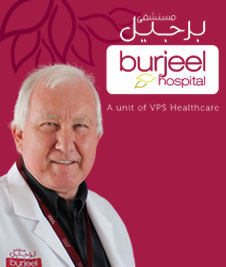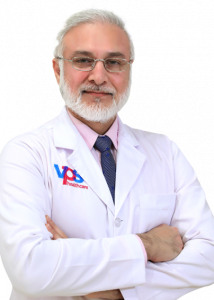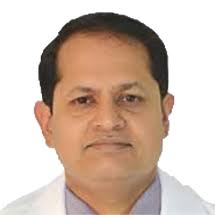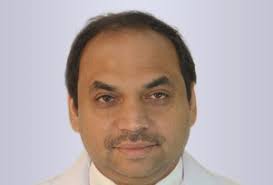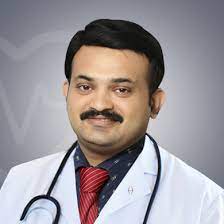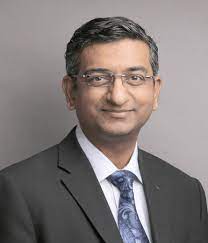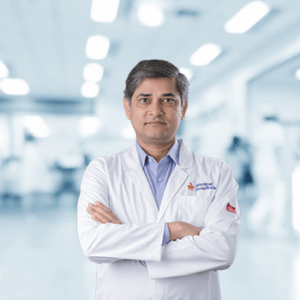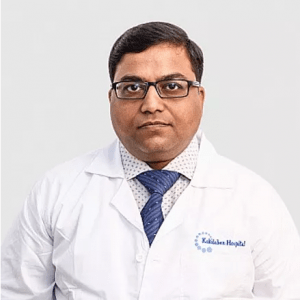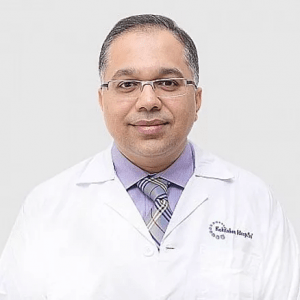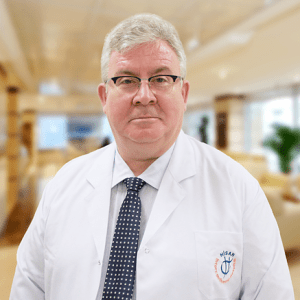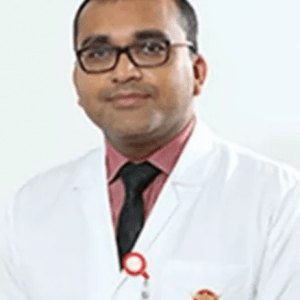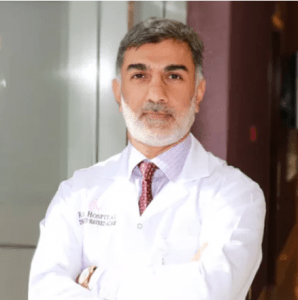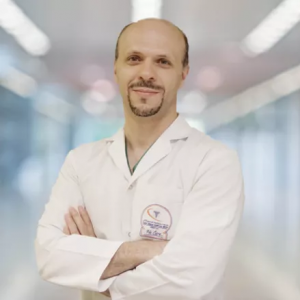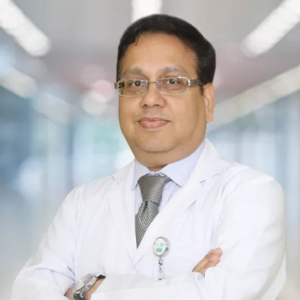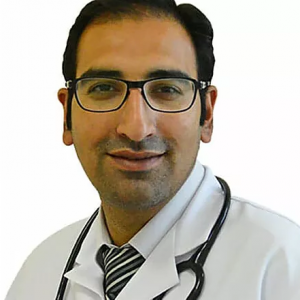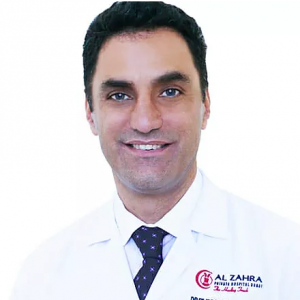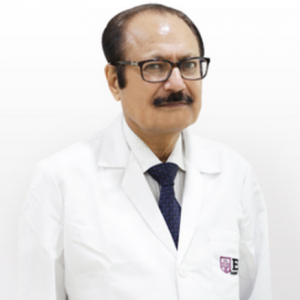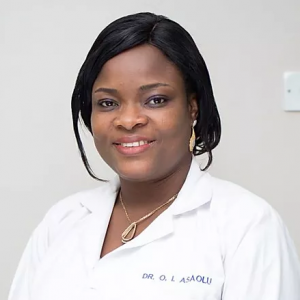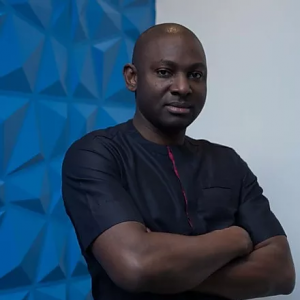Gallbladder Problems
Overview The gallbladder is a four-inched pear-shaped sac that is situated under the liver in the upper part of the intestine. Bile that is produced in the liver is concentrated and stored in the gallbladder. Apart from bile storage, it also stores a combination of fluids, cholesterol, and fat. The bile acid, in response to… Read More
Top Doctors For Gallbladder Problems Treatments
Top Hospitals For Gallbladder Problems Treatments
Gallbladder Problems
Table of contents
Overview
The gallbladder is a four-inched pear-shaped sac that is situated under the liver in the upper part of the intestine. Bile that is produced in the liver is concentrated and stored in the gallbladder. Apart from bile storage, it also stores a combination of fluids, cholesterol, and fat. The bile acid, in response to foods, particularly fats, is released into the upper intestine from the gall bladder, and it helps fat digestion. The bile, delivered to the small intestine, enables fat-soluble vitamins and nutrients to be absorbed more readily into the bloodstream. A healthy gall bladder performs its functions without any pain, but when the gall bladder doesn’t function properly or is blocked, there will be associated discomfort and pain.
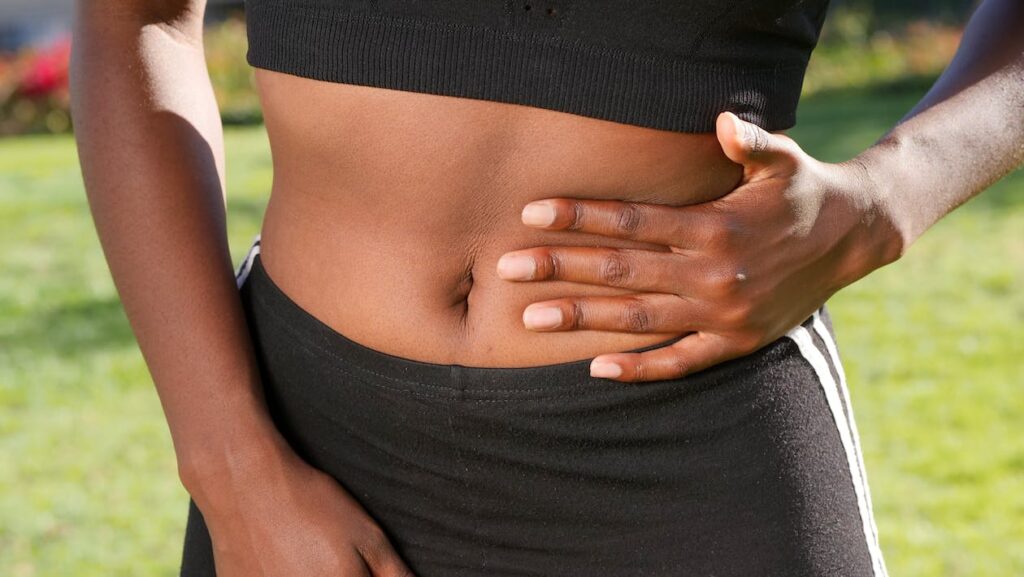
Symptoms of a gallbladder problem
Conditions of the gallbladder have similar symptoms. The most common sign that the gallbladder has a problem is pain which can be intermittent and mild or frequent and quite severe. The pain, in some cases, can migrate to other body parts, including the chest and back. Diseases of the gallbladder that are chronic include mild inflammation and gall stones, in which case the gall bladder may be stiff and scarred. Gas, nausea, chronic diarrhea, and discomfort of the abdominal cavity after eating are some of the symptoms of gallbladder disease when it is chronic.
Other symptoms of the gall bladder disease include:
- Nausea and vomiting: when the gall bladder disease is chronic, it may cause digestive problems like gas or acid reflux.
- Fever or chills: this should be treated immediately as it may be a sign of infection
- Chronic diarrhea: defined as the movement of the bowel about four times a day for three months at least
- Feeling bloated
- Feeling tired
- Pain: it happens in the mid to upper right section of the abdomen
- Jaundiced: this may indicate a stone or block in the common bile duct.
- Urine discoloration: dark urine can be an indication of the blockage of the bile duct
- Abnormality of the stool: light-colored stool may be an indication of the blockage of the bile duct.
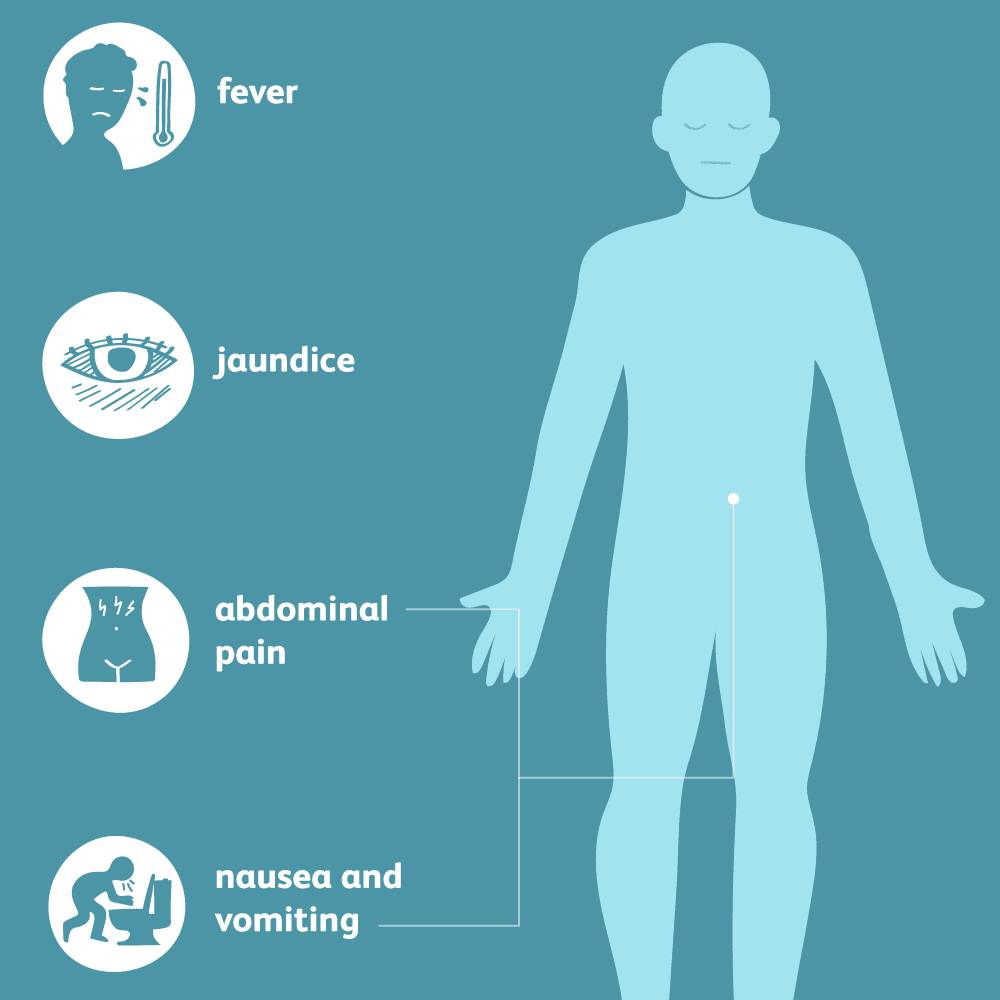
Causes of Gallbladder problems
A gallbladder disease is any disease that affects the gallbladder, and they include
Gallbladder stones: These are hard deposits that form in the gallbladder and go undetected for years. These stones will cause infection, pain, and inflammation eventually. The top reason for pains in the gall bladder is gallstones. Gallstones happen when hard masses are formed by the clumping together of bile. Though gallbladders are small, like a few millimeters in width, they tend to grow to several centimeters. As they grow, the channels that go out of the gall bladder may be blocked by these stones, causing a gallstone attack which is a sudden pain that happens in the upper right part of the body lasting for many hours, and most times, these attacks will come after eating fatty foods or a huge steak dinner.
Some gallstones are made from cholesterol seen in the bile of the gallbladder. A pigment stone that is made from calcium bilirubinate is a different type of gallstone, and this stone is rarer. When the body breaks down the blood cells, it produces a chemical called calcium bilirubinate. While some persons will have several gallstones, others will have one.
Complications or gallbladder problems related to gallstones
These include:
- Abscess of the gallbladder
- Common bile duct stones
- Perforated gallbladder
- Gallstones ileus
Not every gall bladder problem is caused by gallstones. Acalculous gallbladder disease is a gallbladder disease without stones, and in this situation, symptoms associated with gallstones may be felt without having stones actually.
Common bile duct stones (choledocholithiasis): Choledocholithiasis is said to happen when gallstones are either formed or are stuck in the common bile duct. Bile, before it enters the small intestine, passes through tubes that are small and gets deposited in the common bile duct after the gallbladder has ejected it. When gall stones block the duct, Sometimes for several hours, one may have pains that are serious, feel nauseated, and have yellowing of the eyes.
Secondary stones or secondary common bile duct stones happen when the gallstones, which are actually common bile duct stones, migrate into the bile duct after being formed in the gallbladder. Secondary stones happen most times. Then there are the primary stones or primary common bile duct stones, which are rare and have an increased likelihood of causing infection than the secondary ones. These primary stones are formed in the common bile duct itself, and these are less common.
Perforated gallbladder: gallstones can lead to perforated gallbladder if treatment is not sought early. That is, there will be a hole that will form in the organ wall. This life-threatening situation can cause a widespread abdominal infection, which is dangerous if the tear is not detected. Acute cholecystitis, which is the inflammation of the gallbladder, can also cause perforation.
Gallbladder polyps: This is a benign (noncancerous) type of growth. The polyps that are larger need to be removed, while the smaller ones rarely give symptoms and sometimes cause no issues.
Gallbladder abscess: empyema is when pus develops in the gallbladder. This usually happens with a few numbers of persons who have gallstones. Empyema, if not diagnosed and treated, can be fatal because of the spread of infection to other body parts. The pus is made up of dead tissue, bacteria, white blood cells, and other body fluids. An abscess is when pus develops and causes severe abdominal pains. Infection can enter the abdominal lining due to a tear resulting from a severe abscess.
Gallbladder inflammation (cholecystitis): when the bile cannot leave the gallbladder, cholecystitis, which is acute or sudden, happens. This usually happens when there is an obstruction of the tube through which the bile goes in and out of the gallbladder by a gallstone. Trauma, illness, infection, and tumor are other factors that can cause inflammation of the gallbladder. If there are recurrent attacks, cholecystitis which is chronic, will happen. Infection and swelling happen when bile in excess causes the gallbladder to be irritated. This excess bile builds up when there is a bile duct blockage.
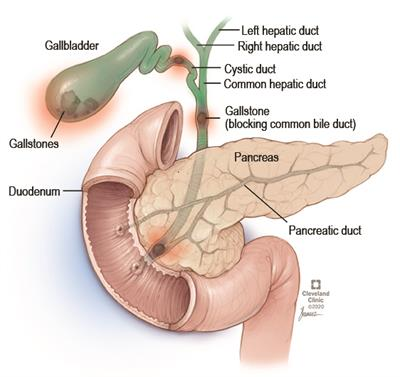
Gallstone ileus: gallstone ileus though rare but can be fatal; this condition happens when a gallstone moves to the intestine and blocks it. Emergency surgery, most times, is needed to unblock it. It is commonly found among persons who are more than 65 years old.
Porcelain (calcified) gallbladder: this is a condition whereby calcium buildups with time on the muscular walls of the gallbladder. The word “porcelain” is used to refer to the bluish and brittle nature of the organ. The buildup of calcium on the walls limits the function of the gallbladder because of the stiffness caused, and this increases the likelihood of gallbladder cancer.
Chronic gallbladder disease or dysfunctional gallbladder: the gallbladder could become rigid and scarred due to damage to the gallbladder as a result of repeated attacks of cholecystitis or gallstone attacks. It becomes hard to pinpoint the symptoms, and they include indigestion, the fullness of the abdomen, increased gas, and diarrhea.
Common bile duct infection: infection can occur when there is a blockage of the common bile duct. An infection that is severe and life-threatening can develop if missed and allowed to spread.
Gallbladder cancer: gallbladder cancer is very rare but does spread to other parts of the body when it happens. The factors that predispose one to it include older age, female gender, gallstones, proclaim gallbladder.
The gallbladder diet
It is beneficial to make a diet adjustment if you have a gallbladder issue. Dietary changes are also advised both before and after surgery.
A low-fat diet which doctors previously thought would help in gallstones treatment or prevent their growth, is now advised against, according to new evidence. Recent evidence believes that rapidly losing weight can cause the gallstones to increase in size rather than shrink. Gallstones cannot be cured by eating a balanced diet of various foods. However, it can keep under control any pain caused by gallstones and preserve your overall health.
The following foods might worsen the disease of the gallbladder
- Foods that are high in trans-fat and other unhealthy fats
- Carbohydrates that are refined, such as sugar and white bread
- Foods that are highly processed
Foods that are preferred include
- Fruits and vegetables rich in fiber
- Fats that are healthy, like fish and nuts
- Foods that contain vitamin c, like berries
- Plant-based proteins like beans, lentils, and tofu
- Foods rich in calcium, including dark leafy greens, and dairy low in fat
Reference
https://www.medicalnewstoday.com/articles/311357
https://www.hopkinsmedicine.org/health/conditions-and-diseases/gallbladder-disease
https://www.webmd.com/digestive-disorders/gallbladder-pain-causes
https://www.healthline.com/health/gallbladder-problems-symptoms#signs-of-a-gallbladder-problem



